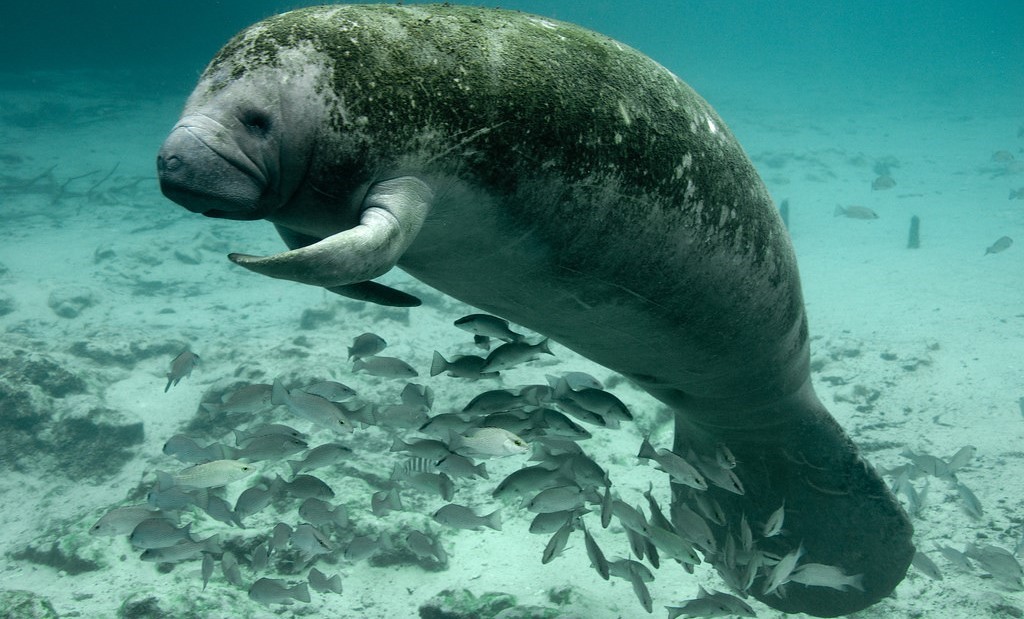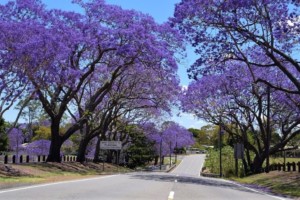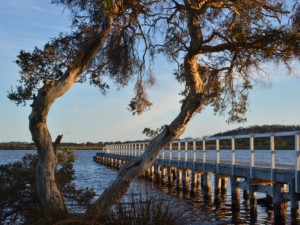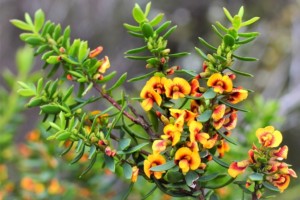Good news in tourism Dec 28, 2019 to Jan 4, 2020

Welcome to 2020 and Earth’s most fun summary of a week of good news in travel & tourism. Published on Sunday to be ready on Monday, it’s the perfect pick-me-up for the start of a working week (and year); a reminder that the tourism industry, tourism people, and travellers can be so very good!
In no particular order:
Firstly, a reminder that the former top executive of IATA, WTTC, and UNWTO, Geoffrey Lipman of “GT” Insight Partner SUNx — Strong Universal Network asks that the Earth’s travel & tourism industry join him in making 2020 “the Climate Friendly Travel Year. Measured. Green. And 2050 proof.”
“We cannot look at just one tree; we have to look at the whole forest. We must focus on making Cambodia a more attractive destination.” So said Prime Minister Hun Sen, commenting on the drop in the number of tourists to Siem Reap and Angkor Archaeological Park in 2019. Sihanoukville, on the coast, attracted more than enough visitors, mainly Chinese, to cover the shortfall. To its credit, the Tourism Ministry says it is establishing community-based tourism and agritourism products in the hope visitors will stay longer.
Community-based tourism policymaking
Coming to a decision everyone is completely happy with is nigh on impossible. So it is best if the decision-making process involves as many affected people as possible. And that means taking it local. NIMBY — not in my backyard — complaints are a frustration to some people. Of them we can legitimately ask: HAYBY — how about your backyard? Local spats aren’t pleasant but hopefully the final decision is optimal in the context of that community. Consultation and conversation is good, even if it leads to controversy and confrontation, just so long as nobody gets concussed or conned.
Hotel industry chiefs have warned that locals’ complaints about Edinburgh, Scotland’s Christmas and Hogmanay events are running the risk of Edinburgh being seen as “anti-tourist”. The events are worth more than GBP 150 million (USD 199 million) to the city. Edinburgh’s youngest ever council leader Adam McVey, who is at the centre of a controversy over decision making, reportedly admitted that “there was no prospect of reaching “consensus” over what form the event should take — but insisted future organisers of the festivities would have to reflect the city’s “changing aspirations”.
Beaufort County in South Carolina, USA, was right to reject a USD 100 million project by InterContinental Hotels Group, according to the editorial staff of The Post and Courier. IHG want to build a Six Senses on the 345-acre (140-hectare) Bay Point Island in Port Royal Sound. The island “is suited for ecotourism, but more like day trips, not a luxury resort where guests are pampered in dozens of permanent ‘villas’” the journalists opine. IHG has 30 days to appeal. A planned meeting with county staff, January 15, to discuss the proposal is open to the community whom, “GT” opines, should go in numbers to learn both sides of the story and do their own cost-benefit analyses.
Some resort communities, such as Park City, Utah, USA, are trying to support the dominant tourism economy while making residents feel heard and at home. “Park City-area ski resorts are a huge draw for tourists. [Mayor] Beerman says it’s tricky to get the resorts on board with sustainable tourism, as their business model centers around high volume of guests and high costs. Still, Beerman says the city wants to collaborate with the resorts on creating a better experience for residents.”
Hopefully some in-principle community consultation has already taken place in Myanmar, where Yangon Region Tourism Minister Daw Naw Pan Thinzar Myo is reportedly looking at War Thin Kha village in Kawhmu township as the second community-based tourism area in her region. “We will consult with the villagers about the programme,” she said. The first area, Kyaikthale village in Twante township, opened two years ago.
Tourism on the Isle of Arran, North Ayrshire, Scotland is worth GBP 61 million (USD 80 million) per year. However, the industry and the environment that supports it could be adversely impacted by a planned salmon farm, according to island residents and Scottish Natural Heritage, which has submitted a formal objection.
Tourism vs. oil
“Guyana identifies tourism as a sector that can contribute to the country’s sustainable development, by earning foreign exchange and providing job opportunities, while conserving the natural environment and the diverse culture of the country. [… But …] The country is on the brink of becoming the Western Hemisphere’s next big oil producer.” With credit in the eco-credibility bank, there are indeed many shades of green for the Caribbean Community member country to consider.
On the other hand, Iran’s Minister of Culture Heritage, Tourism and Handicrafts Ali Asghar Mounesan says the country is planning to replace oil with tourism as its top source of income. “If we had focused on tourism earlier, the problem of employment and fair distribution of wealth would have been resolved sooner,” he is reported as saying.
Tourism & sustainability
The tourism departments of Cook Islands, Palau, and Vanuatu signed a “statement of intent” to share resources and promote sustainable tourism. They were the only national tourism departments to attend the recent Sustainable Islands Tourism Conference in Vanuatu.
Guyana and Suriname have signed an agreement aimed at enhancing sustainable tourism, and tourism more generally, to and between the two Caribbean Community countries. A Guyana-Suriname Tourism Cooperation Council is being established.
An agreement between the British Embassy in Tunisia, Tunisia’s tourism minister Rene Trabelsi, and the UK’s travel agents and tour operators association ABTA, aims to cut down on plastic waste among other sustainability initiatives. The UK is an important source market for the north African destination.
Dropping the use of “Holland” in its branding is the headline-grabbing part of the Netherlands’ new tourism strategy which aims to “put an end to large numbers of visitors on cheap flights, particularly to Amsterdam, and promote more sustainable and respectful travel”.
Philippines’ Department of Tourism has started to target travellers with messages about sustainable tourism and responsible travel and will roll out marketing collateral at touchpoints, such as airports, seaports, vessels, and accommodation.
India’s eco- and sustainability-conscious millennials are creating travel & tourism products for like-minded millennial travellers, such as in the northeastern state of Sikkim.
Palau is the first country in the world to ban sun protection creams and lotions that damage coral reefs and marine life. Individuals who have it, and shops that sell it face fines of up to USD 1,000. The ban went into effect with the enactment of Palau’s Responsible Tourism Education Act.
Hawaii and Key West in Florida, USA, have also forbidden the sale of sunscreens containing oxybenzone and octinoxate, two chemicals known to damage coral reefs. However, that ban won’t go into effect until January 1, 2021.
Tourism & infrastructure
Iran’s Ardebil province, home to the UNESCO-registered Sheikh Safi al-Din Khanegah and Shrine Ensemble, will soon open IRR 1.500 trillion (US$ 35 million) worth of tourism projects, including restored historical monuments, newly-built hotels and water treatment complexes, and other infrastructure, including an “all-glass” suspension bridge.
Serbia’s President Aleksandar Vucic and Prime Minister Ana Brnabic have announced a five-year EUR 14 billion (US$ 15.6 billion) infrastructure investment plan. This includes EUR 3.33 billion for railway infrastructure, of which EUR 1.7 billion is earmarked for the first subway in the Serbian capital of Belgrade, and EUR 200 million for investment in “tourism infrastructure”.
In the USA, several large MICE, resort, and transport projects costing lots will reshape Las Vegas, Nevada’s skyline in 2020. The Raiders NFL side will move from Oakland, California to their new US$ 2 billion Vegas home stadium due for completion by July 31.
According to a member of the Tourist Marketing Committee in Luxor, Egypt, the tourism sector is planning to further develop infrastructure due to the recovery of cultural tourism.
Odds & ends
Newsy bits that don’t easily fit into this week’s arbitrary clusters:
Is capturing the moment the same as being “in the moment”?
If you have tattoos and you visit Japan, where tattoos are taboo … what to do? And what would you do if you were a tourism administrator there?
More than 200 growers of medicinal plants in Kerala state, India, stand to benefit from a government-led project to offer wellness tourists the opportunity to experience the centuries-old traditions of preparing ayurvedic medicines. In the same state, 225 tourism accommodation units will become plastic-free this year as part of the ‘Clean Kerala Initiative’.
West Indian manatees are a tourist attraction in Citrus County, Florida, USA. And there are plenty of them this season thanks to efforts to re-establish appropriate habitats and food sources, such as eelgrass. Meanwhile, New Mexico state is “Open for Adventure”; looking to better leverage natural attractions to get locals and visitors outdoors.
Azerbaijan’s Ministry of Ecology and Natural Resources took the lead in developing ecotourism in national parks in 2019. About 25% more people visited the country’s national parks in 2019 compared to the previous year. This was off a low base. And less than 10% of the visitors were foreign.
Tourism Harrison will look to expand an event credited with attracting 20 times more visitors than usual to the British Columbia, Canada village and its hot springs during its low season last winter.
Thailand’s Designated Areas for Sustainable Tourism Administration (DASTA) is preparing Suphan Buri, Nan, Loei, Phetchaburi, and Chiang Rai for the 2021 UNESCO Creative Cities competition. Meanwhile, the northeastern province of Mukdahan is looking to sports and community-based tourism to help position it as a bridge connecting the provinces of Thailand’s Isan region with neighbouring Laos across the Mekong River.
Featured image: West Indian manatee resting at Three Sisters Springs, Crystal River, Florida, USA. A school of mangrove snapper enjoy the shade. By Keith Ramos and the US Fish & Wildlife Service (CC BY 2.0) via Flickr.
PS: None of the items above have been fact-checked by “GT”. All terminology used here is as the linked sources use it according the knowledge and assumptions they have about it. Please comment below if you know there has been buzzword-washing or blatant nonsense relayed here, but be nice about it as the linked sources might get offended. (“GT” won’t). And, as for “GT” bringing it to your attention, you are welcome!
PPS: It is “GT’s” policy to fully disclose sponsored content. If an item is not disclosed as sponsored then it will have caught “GT’s” attention by some other more organic means. Partner with “GT”. You know you want to.





